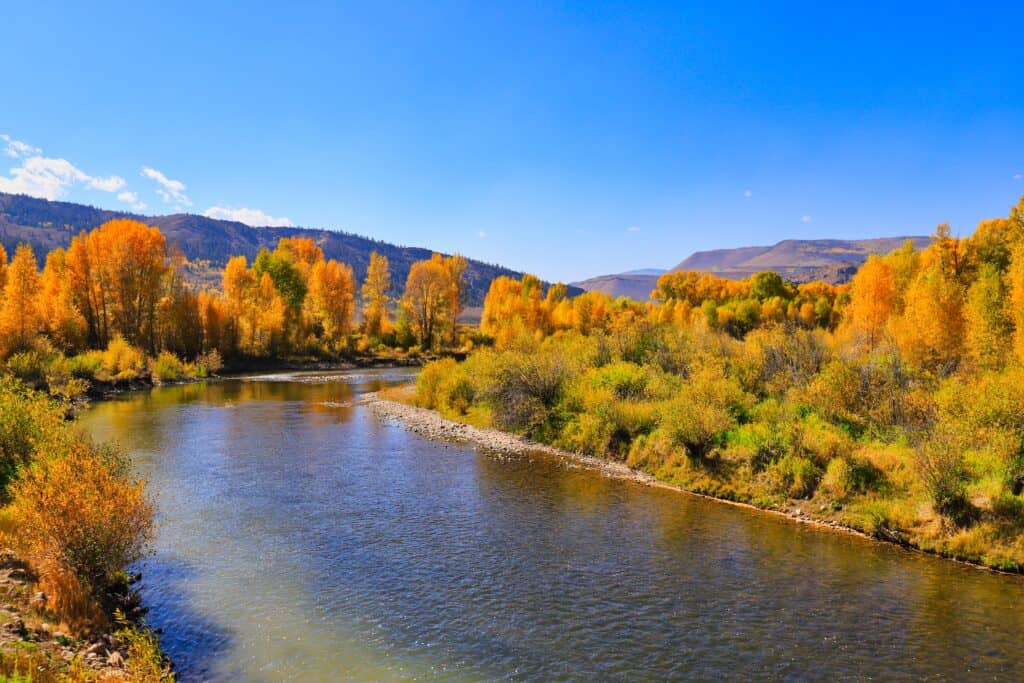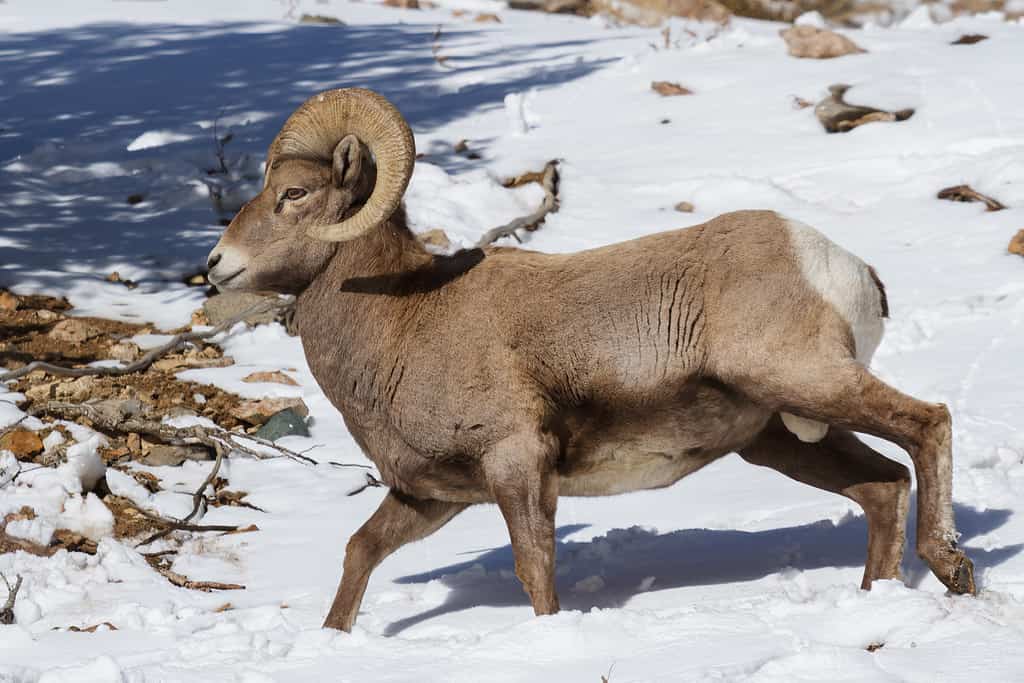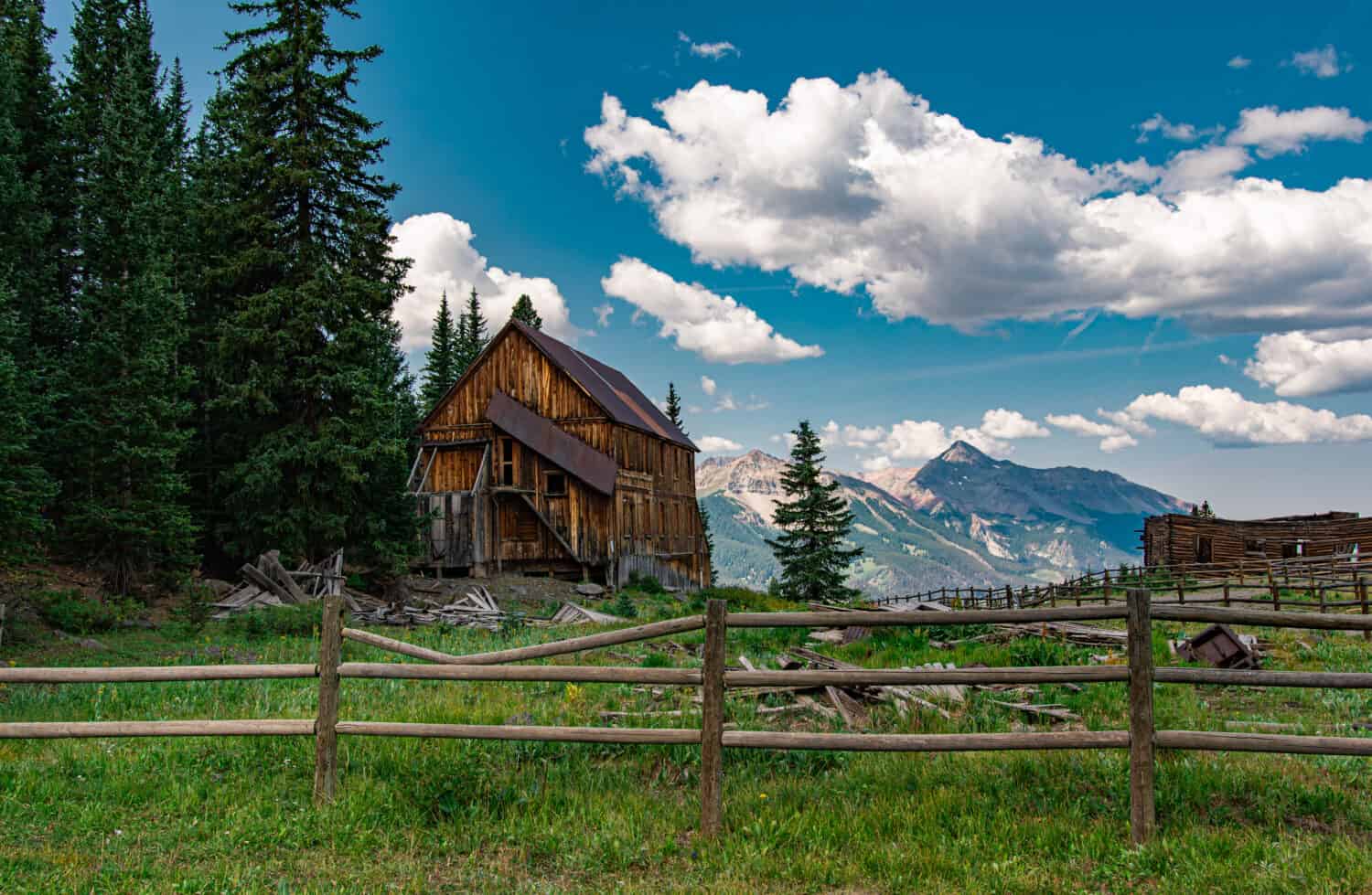Every country has its own history, just like every state in the U.S. has a different origin story. State names often hold cultural or historical meanings and significance. They can tell you a lot about how the state was founded, when it was established, and other details you might not have otherwise explored. In this article, we’ll discuss how the state of Colorado got its name — and what it means.
Colorado is a western state known for its hiking trails, mountains, forests, plains, rivers, and other gorgeous outdoor terrain. Many travel to the state for its ski resorts, well-known beer culture, legal marijuana, summer camping spots, and more. But how did the state get its name?
The name “Colorado” has Spanish origins, and the state itself has a couple of nicknames, which we will dive into below. Here’s how Colorado got its name, what it means in Spanish, and a list of its official state animals and other wildlife in the region.
How Did Colorado Get Its Name?
Colorado is Spanish for “colored red.” Many believe the state got its name because it’s home to the Colorado River, which was rich with red sandstone soil. The river, which is 1,450 miles long and extends through seven U.S. states and two Mexican states, has a heavy silt load that contributed to its red color, though it has faded over the years.
Colorado was established as a territory in 1861 and became the 38th state in 1876. The state’s motto is “Nil Sine Numine,” which is Latin for “Nothing without Providence or Deity.” This phrase is written on the ribbon of Colorado’s State Seal.

The Colorado River is a gorgeous place to visit during the fall.
What Was Colorado’s Original Name?
Before Colorado was known as Colorado, the state was actually a territory called “Jefferson Territory,” which was established at the same time as Denver City. However, some other proposed names for the territory were Colona, Osage, and Idaho.
The U.S. first acquired the eastern portion of Colorado in 1803 through the Louisiana Purchase. Later, in 1848, the country acquired the western portion of the state through the Treaty of Guadalupe Hidalgo; and in 1850, the federal government purchased a Texas territorial claim in Colorado. Finally, in 1861, the combined land was established as the Colorado Territory (or Jefferson Territory).
How Did Colorado Get Its Nicknames?
Many states have earned their own nicknames as a token of their unique histories or characteristics. For example, Arizona is often called the “Grand Canyon State” because it’s home to most of the Grand Canyon. Additionally, Montana is nicknamed “The Treasure State” due to its rich mineral reserves.
Colorado has many different nicknames, with its most common being the “Centennial State.” Colorado got this nickname because its statehood occurred 100 years after the signing of the Declaration of Independence. Another popular nickname for the western state is “Colorful Colorado,” which many assume is due to its beautiful landscapes, including vast mountains, rivers, and plains.
A few other Colorado nicknames include:
- “Little London” because of its past population of immigrants from the UK.
- The “Highest State” due to its high elevation.
- The “Buffalo Plains State” for its miles of open plains that once featured herds of buffalo.
- The “Lead State” because it used to be a lead mining state.
- The “Switzerland of America” due to its high-end ski resorts.
- “Gateway to the Rockies” since the Rocky Mountains begin in Colorado.
- The “Silver State” is a testament to its past mining industries.

Colorado features beautiful and diverse terrain, from city landscapes and mountains to forested land and flat plains.
©Jeremy Janus/Shutterstock.com
Wildlife in Colorado
Colorado’s diverse terrain is home to many types of species and wildlife, including some official Colorado state animals:
- State Animal: Rocky Mountain Bighorn sheep
- State Amphibian: Western Tiger Salamander
- State Bird: Lark Bunting
- State Fish: Greenback Cutthroat Trout
- State Insect: Colorado Hairstreak Butterfly
- State Domestic Pets: Dogs and Cats
- State Reptile: Western Painted Turtle
- State Fossil: Stegosaurus

Colorado’s state animal is the Rocky Mountain Bighorn Sheep.
©iStock.com/Gary Gray
Colorado features many different types of wildlife. In its 42 state parks and four national parks, you’ll find animals like elk, bison, coyotes, mule deer, bald eagles, kestrels, red-tailed hawks, beavers, foxes, black bears, great bighorn sheep, bobcats, ground squirrels, and more.
The largest animal in all of Colorado is the black bear, which can weigh up to 600 pounds and stand up to 5 feet tall. You can find these bears in forested areas across the state, including the Rocky Mountains. Some other large animals in Colorado include elk, Colorado bighorn sheep, moose, coyotes, mountain lions, mule deer, and Colorado bison.
The rarest animal in Colorado is the wolverine, which was last seen in the state in 2009. However, experts believe there are a few still living in the state.
Colorado is also home to many dangerous animals, with the most threatening being mountain goats (commonly found in the mountains), black bears (commonly found in the forested areas), and mountain lions (spotted all across the state).
Thank you for reading! Have some feedback for us? Contact the AZ Animals editorial team.








